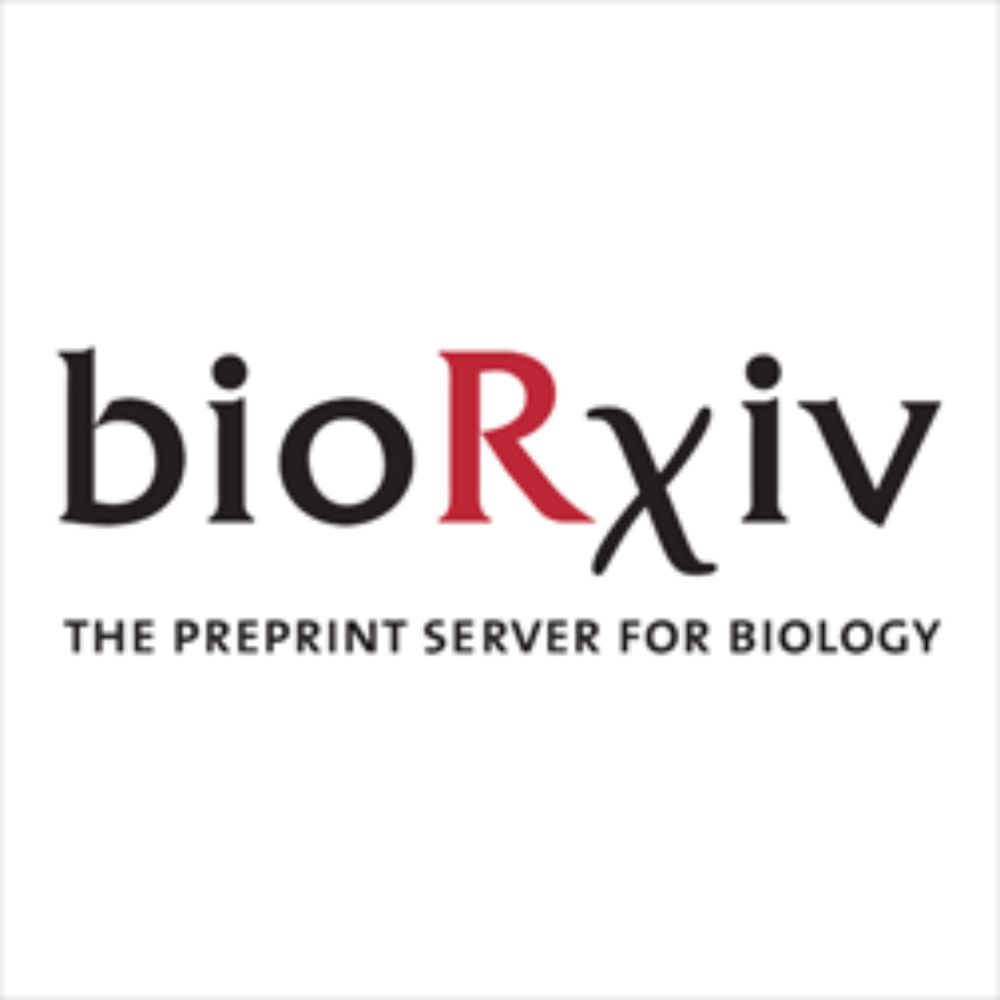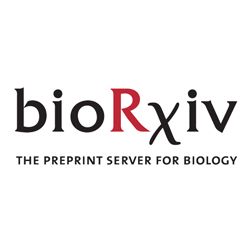Thanks (especially as I was so vague). It feels like a lot of scripting for sure. After chatting with Magnus, even working through some tutorials like those collabs by @robbinbouwmeester.bsky.social on ProteomicsML wouldn't be a bad idea.
25.06.2025 16:46 — 👍 4 🔁 1 💬 1 📌 0
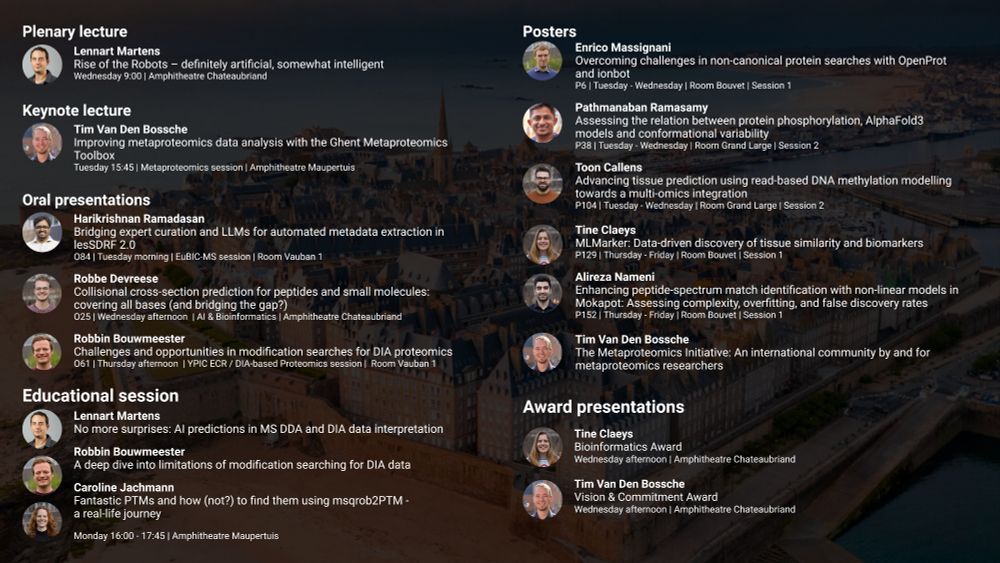
Plenary talk
Lennart Martens
Rise of the Robots – definitely artificial, somewhat intelligent
Keynote lecture
Tim Van Den Bossche
Improving metaproteomics data analysis with the Ghent Metaproteomics Toolbox
Oral presentations
Harikrishnan Ramadasan
Bridging expert curation and LLMs for automated metadata extraction in lesSDRF 2.0
Robbe Devreese
Collisional cross-section prediction for peptides and small molecules: covering all bases (and bridging the gap?)
Robbin Bouwmeester
Challenges and opportunities in modification searches for DIA proteomics
Educational session
Lennart Martens
No more surprises: AI predictions in MS DDA and DIA data interpretation
Robbin Bouwmeester
A deep dive into limitations of modification searching for DIA data
Caroline Jachmann
Fantastic PTMs and how (not?) to find them using msqrob2PTM -
a real-life journey
Poster presentations
Enrico Massignani
Overcoming challenges in non-canonical protein searches with OpenProt and ionbot
Pathmanaban Ramasamy
Assessing the relation between protein phosphorylation, AlphaFold3 models and conformational variability
Toon Callens
Advancing tissue prediction using read-based DNA methylation modelling towards a multi-omics integration
Tine Claeys
MLMarker: Data-driven discovery of tissue similarity and biomarkers
Alireza Nameni
Enhancing peptide-spectrum match identification with non-linear models in Mokapot: Assessing complexity, overfitting, and false discovery rates
Tim Van Den Bossche
The Metaproteomics Initiative: An international community by and for metaproteomics researchers
Award presentations
Tine Claeys
Bioinformatics Award
Tim Van Den Bossche
Vision & Commitment Award
From PTMs to proteins, from metadata to metaproteomics. CompOmics has got you covered at #EuPA2025!
16.06.2025 08:05 — 👍 22 🔁 8 💬 0 📌 0

And you get the cutest mascotte octopus. His name is Mark! He'll guide you Clippy-wise through your analyses 🙌
16.06.2025 12:32 — 👍 8 🔁 1 💬 2 📌 0
MLMarker is live! This ML-tool predicts tissue similarity and uncovers biomarkers from your proteomics data. It was trained on public data of healthy human tissues.
Preprint & app: www.biorxiv.org/content/10.1...
Let's chat at #EuPA2025 - Award session (Wednesday) & poster session (Thursday)!
16.06.2025 09:31 — 👍 14 🔁 5 💬 1 📌 0
We recently released a tool to help you with this. 🚀 Say hello to pridepy — your Python for grabbing data from the @pride-ebi.bsky.social!
To search metadata or download files via FTP, Aspera, Globus, or S3, and is perfect for bioinfo workflows.
Check it out 👉 github.com/PRIDE-Archiv...
06.06.2025 08:14 — 👍 13 🔁 6 💬 0 📌 0
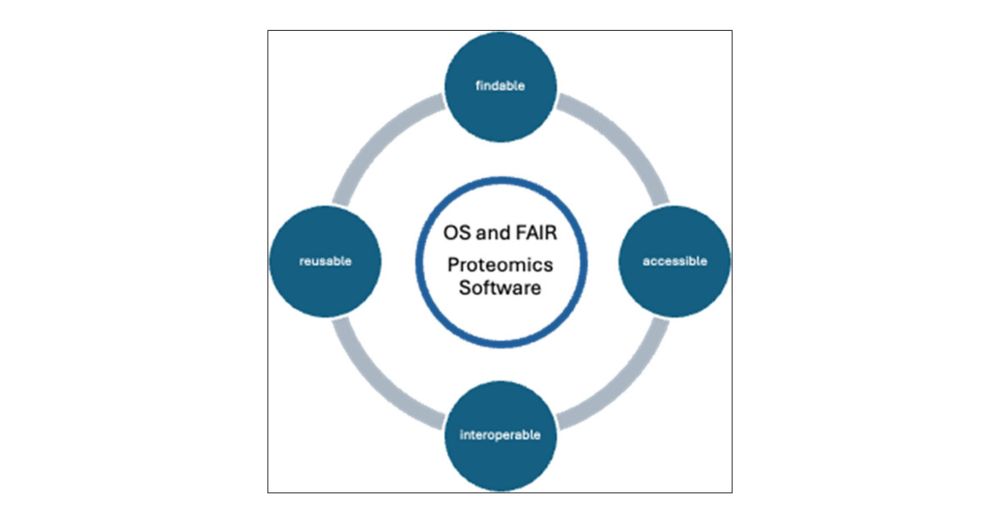
Open-Source and FAIR Research Software for Proteomics
Scientific discovery relies on innovative software as much as experimental methods, especially in proteomics, where computational tools are essential for mass spectrometer setup, data analysis, and interpretation. Since the introduction of SEQUEST, proteomics software has grown into a complex ecosystem of algorithms, predictive models, and workflows, but the field faces challenges, including the increasing complexity of mass spectrometry data, limited reproducibility due to proprietary software, and difficulties integrating with other omics disciplines. Closed-source, platform-specific tools exacerbate these issues by restricting innovation, creating inefficiencies, and imposing hidden costs on the community. Open-source software (OSS), aligned with the FAIR Principles (Findable, Accessible, Interoperable, Reusable), offers a solution by promoting transparency, reproducibility, and community-driven development, which fosters collaboration and continuous improvement. In this manuscript, we explore the role of OSS in computational proteomics, its alignment with FAIR principles, and its potential to address challenges related to licensing, distribution, and standardization. Drawing on lessons from other omics fields, we present a vision for a future where OSS and FAIR principles underpin a transparent, accessible, and innovative proteomics community.
Fantastic review with an unusual history, growing out of a passionate blog post by @willfondrie.com (willfondrie.com/2024/10/the-...), resulting from a storm (in our teacup) on X during @hupo-org.bsky.social 2024. Great teamwork, authors! pubs.acs.org/doi/10.1021/...
24.04.2025 18:24 — 👍 16 🔁 11 💬 0 📌 1
Looks amazing 😍
24.03.2025 11:51 — 👍 1 🔁 0 💬 1 📌 0
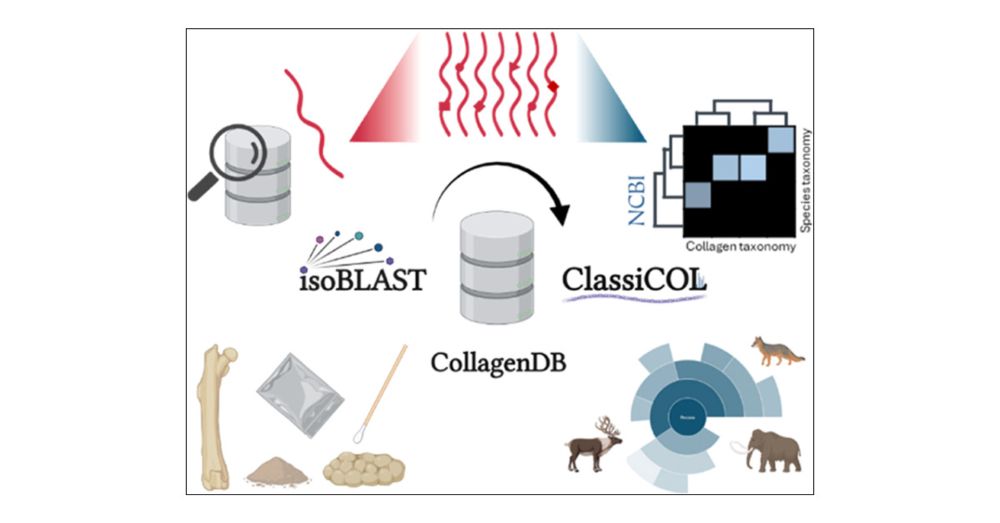
Classification of Collagens via Peptide Ambiguation, in a Paleoproteomic LC-MS/MS-Based Taxonomic Pipeline
Liquid chromatography–mass spectrometry (LC-MS/MS) extends the matrix-assisted laser desorption ionization-time of flight (MALDI-TOF) Zooarcheology by Mass Spectrometry (ZooMS) “mass fingerprinting” approach to species identification by providing fragmentation spectra for each peptide. However, ancient bone samples generate sparse data containing only a few collagen proteins, rendering target–decoy strategies unusable and increasing uncertainty in peptide annotation. To ameliorate this issue, we present a ZooMS/MS data pipeline that builds on a manually curated Collagen database and comprises two novel algorithms: isoBLAST and ClassiCOL. isoBLAST first extends peptide ambiguity by generating all “potential peptide candidates” isobaric to the annotated precursor. The exhaustive set of candidates created is then used to retain or reject different potential paths at each taxonomic branching point from superkingdom to species, until the greatest possible specificity is reached. Uniquely, ClassiCOL allows for the identification of taxonomic mixtures, including contaminated samples, as well as suggesting taxonomies not represented in sequence databases, including extinct taxa. All considered ambiguity is then graphically represented with clear prioritization of the potential taxa in the sample. Using public as well as in-house data acquired on different instruments, we demonstrate the performance of this universal postprocessing and explore the identification of both genetic and sample mixtures. Diet reconstruction from 40,000-year-old cave hyena coprolites illustrates the exciting potential of this approach.
Classification of Collagens via Peptide Ambiguation, in a Paleoproteomic LC-MS/MS-Based Taxonomic Pipeline #JProteomeRes pubs.acs.org/doi/10.1021/...
14.03.2025 08:17 — 👍 4 🔁 3 💬 0 📌 0
Using machine learning with Mascot and Proteome Discoverer
MS2Rescore found its way into #ProteomeDiscoverer 🥳 At least, somewhat, through #MascotServer. Thanks for the implementation and for the nice blog post, @matrixscience.bsky.social!
www.matrixscience.com/blog/using-m...
07.03.2025 10:31 — 👍 7 🔁 3 💬 0 📌 0
What excites me most is that it introduces the first ML-based solution for peptide multiconformers. But that’s not all! We also demonstrate a substantial performance boost for uniconforming peptides.
Our findings are clear: multiconformer peptides cannot be overlooked when predicting CCS!
23.02.2025 13:35 — 👍 5 🔁 1 💬 0 📌 0
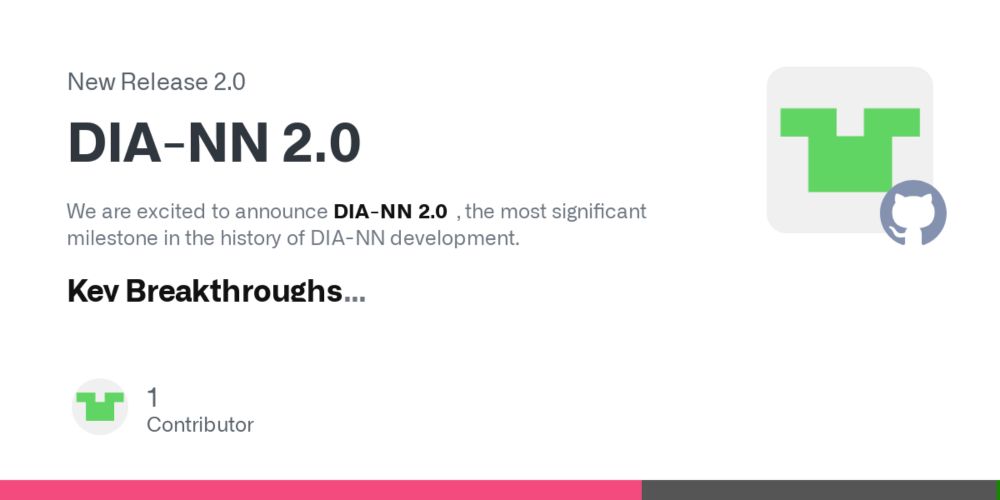
Release DIA-NN 2.0 · vdemichev/DiaNN
We are excited to announce DIA-NN 2.0, the most significant milestone in the history of DIA-NN development.
Key Breakthroughs
Proteoform Confidence mode: DIA-NN 2.0 solves the long-standing chall...
DIA-NN 2.0 is released! We consider it the biggest step forward in the history of DIA-NN. On modern LC-MS almost all identifications are now peptidoform-confident, with major improvements e.g. for phospho. Some other cool things too: github.com/vdemichev/Di...
29.01.2025 09:04 — 👍 150 🔁 39 💬 6 📌 2
Or even better, use the transfer learning ability of DeepLC with a good base model (e.g., the one above)
19.12.2024 14:26 — 👍 0 🔁 0 💬 0 📌 0
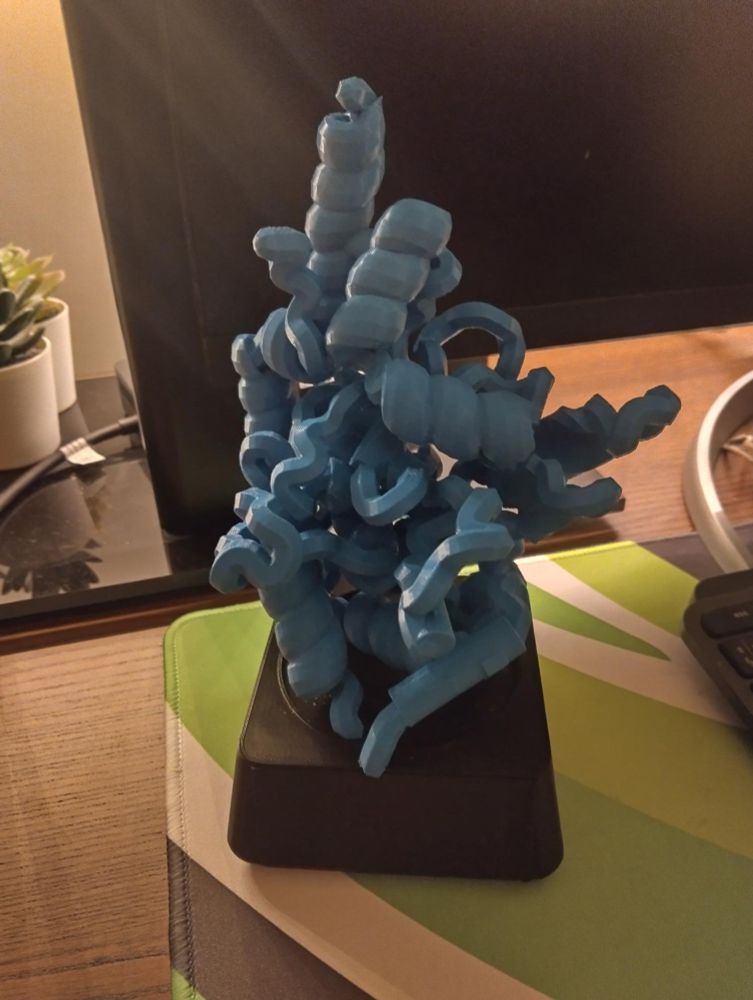
The end of the year always comes with many 3D print requests. Hope the soon to be PhD will enjoy this ornament :)
16.12.2024 08:53 — 👍 15 🔁 0 💬 0 📌 0
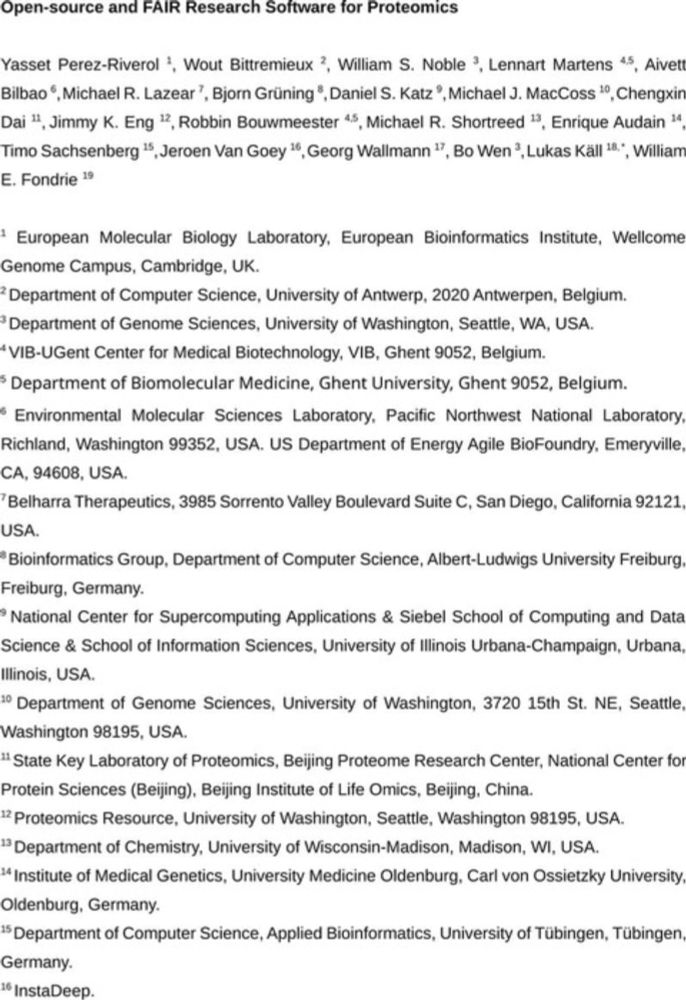
Open-source and FAIR Research Software for Proteomics
Scientific discovery relies on innovative software as much as experimental methods, especially in proteomics, where computational tools are essential for mass spectrometer setup, data analysis, and in...
Recently, We saw a discussion on the role of open-source in proteomics. Here, experienced developers & researchers maintaining OS tools for years shared this comment to guide newcomers in the field about OS and its role in the field. 💻 #Proteomics #OpenSource chemrxiv.org/engage/chemr...
09.12.2024 13:03 — 👍 41 🔁 23 💬 1 📌 4
This was a ton of fun to write with @ypriverol.bsky.social and all of the other authors 👏
Our goal was to share a vision of #OSS #proteomics for us to build toward, and propose some ways to get there 🚀
I’m blown away by how many folks contributed and how much it evolved beyond just my voice 🙌
09.12.2024 15:59 — 👍 22 🔁 9 💬 5 📌 1
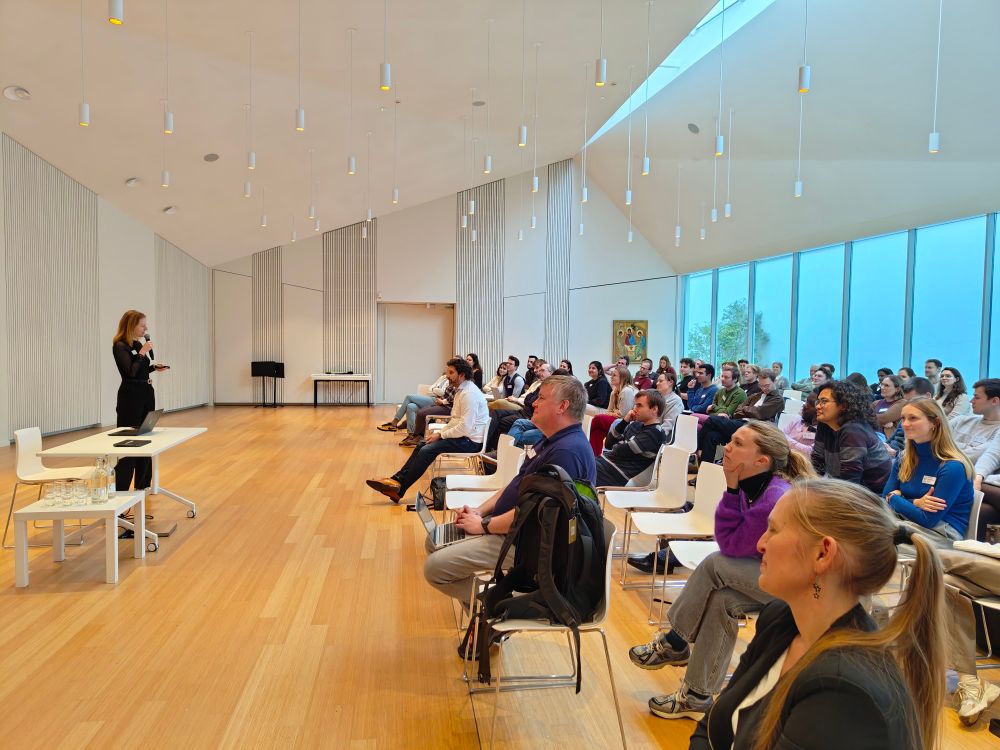
Caroline Jachmann presenting her work in front of the BePAc 2024 audience
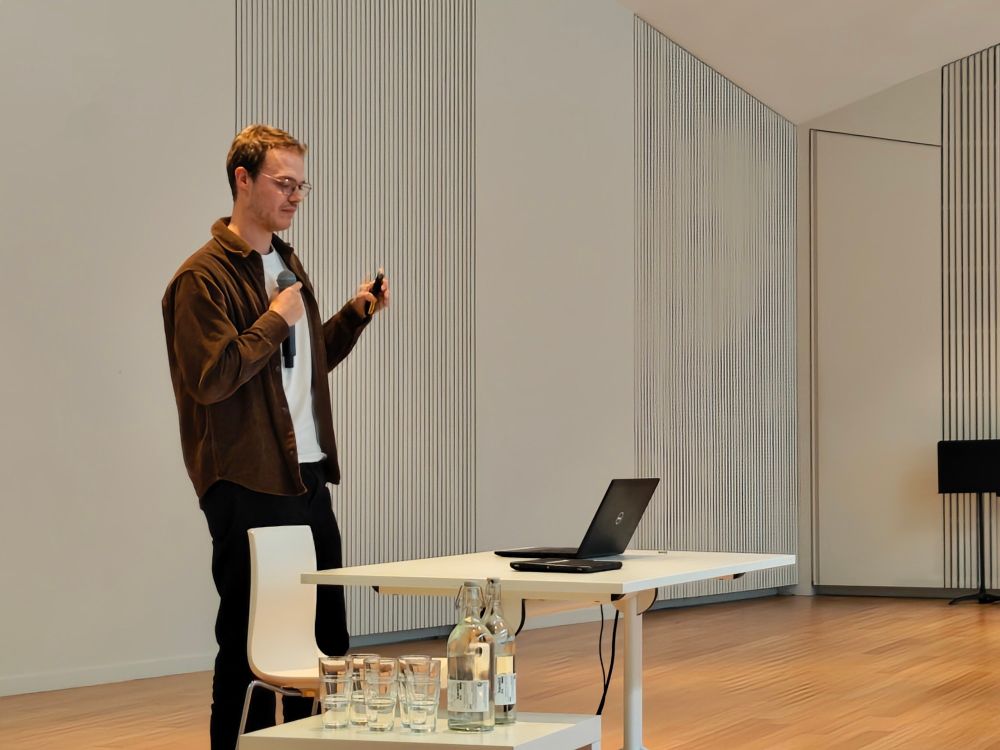
Robbe Devreese presenting his work at BePAc 2024
Today, @robbedevr.bsky.social and @carojachmann.bsky.social presented their work on #IM2Deep and #ProteoBench at #BePAc2024.
Learn more at doi.org/10.1101/2024... and proteobench.readthedocs.io.
06.12.2024 14:52 — 👍 8 🔁 3 💬 0 📌 0
Looks 3D printed, are you sure this is food-safe 😬. There is a lot of discussion around this, especially because of the grooves and edges that easily catch food and are hard to clean. Be sure to clean it very well, and maybe run some swabs of the cutter on your timsTOF ;)
26.11.2024 10:03 — 👍 3 🔁 0 💬 1 📌 0
Although I might be biased, in my opinion it is the best stream-lined experience for rescoring. Even going to quant with tools such as FlashLFQ, simply works phenomenally.
30.01.2024 09:35 — 👍 1 🔁 0 💬 0 📌 0
I think it was Robbin Bouwmeester’s talk at EuBIC where it was SAGE to MS2Rescore and it seemed quietly bad ass. This update is making it look even more attractive as my new fav proteomics pipeline.
29.01.2024 12:52 — 👍 6 🔁 4 💬 1 📌 0
Co-funded by the European Union and the Hungarian National Research, Development and Innovation Fund.
Views and opinions expressed are those of the author(s).
Hello there!
Bioinformatician working in Computational Proteomics.
More about me: https://michabirklbauer.me
assistant professor @VU Amsterdam | physicist turned computational biology | cancer biology | single cell | signal transduction
https://evertbosdriesz.github.io
Delivering on the Promise of the Human Proteome
Microbes & mucus 🤩 | Gut Microbial Ecology | Wageningen University, NL
Public scientific institution, part of the Czech Academy of Sciences. Research in molecular, structure and cell biology, immunology, genomics and bioinformatics.
Research pathogenesis of infectious disease & use plasma nanotechnology to improve disease diagnostics & vaccine efficacy
PhD Medicine & Therapeutics (immunology)
Uni Sydney & culturon.com.au
🇬🇧🇦🇺 wife mum reader crafter
Views my own (she/her)
Enabling Researchers to Focus on Breakthroughs.
Specializing in grant writing to support researchers to secure funding and drafting articles to communicate their work. Expertise: chemical R&D, lab automation, scientific writing. (https://www.mbp-rnc.com/)
Junior Faculty at the Pediatrics and Rare Diseases Group, Sanford Research, Sioux Falls, SD 🦬. #Ubiquitin #RareDiseases #SignalTransduction #StemCells. Chilean 🇨🇱.
https://research.sanfordhealth.org/researchers-and-labs/bustos-lab
#Cellzome #TeamMassSpec #Proteomics opinions are my own
Empowering Researchers to Focus on Breakthroughs.
Specializing in grant writing support to help researchers secure funding and draft articles. Expertise in chemical R&D, lab automation, impactful scientific communication. (https://www.mbp-rnc.com/)
Graduate student at The Scripps Research Institute specializing in computational proteomics. Find me on Github: https://github.com/pgarrett-scripps
Independent innovators of online NMR software -- ELEMENTS and ELECTRO
Discover more about our professionally engineered NMR spectroscopy software at https://nmronline.uk
Researcher at the University of Bergen and the Norwegian Institute of Public Health.
Grad Student in Comp Sci @ UIUC @uofigrainger.bsky.social | Former Sr. Research Asst. in Radiation Physics @ Univ. of Texas MD Anderson Cancer Center @mdanderson.bsky.social, developed AI for RPA https://rpa.mdanderson.org | 🏳️🌈 he/him | Views are my own
Building a community of support for women in mass spectrometry.
Join our LinkedIn group: https://www.linkedin.com/groups/1374586/
Mascot: The trusted reference standard for protein identification by mass spectrometry for 25 years
https://www.matrixscience.com
A nomad and researcher hoping to work for a better society. Currently excited about #mass_spectrometry #PTMS and #XLMS
@juank_MassSpec
linkedin.com/in/juan-camilo-rojas-echeverri-a7490436



